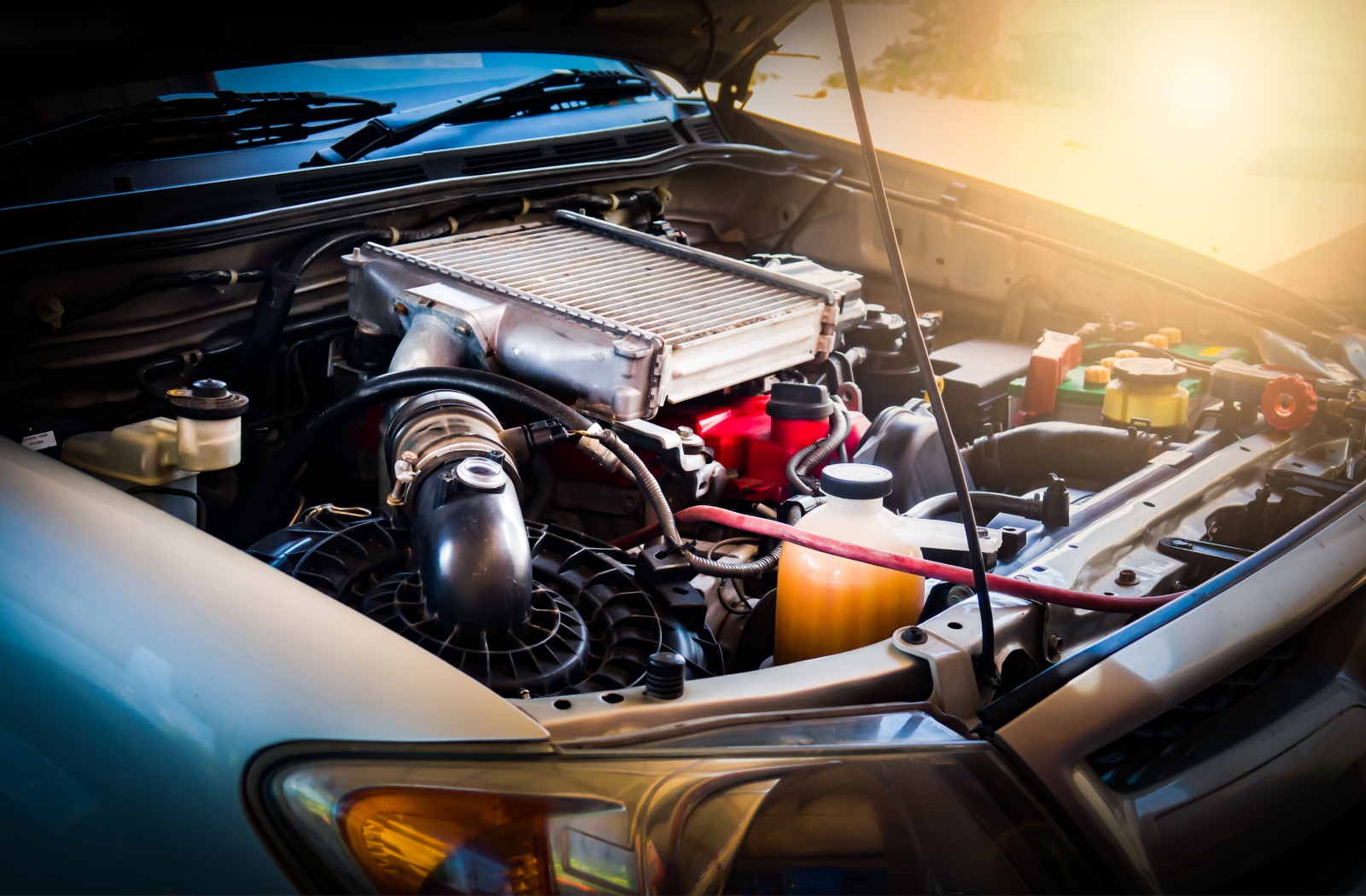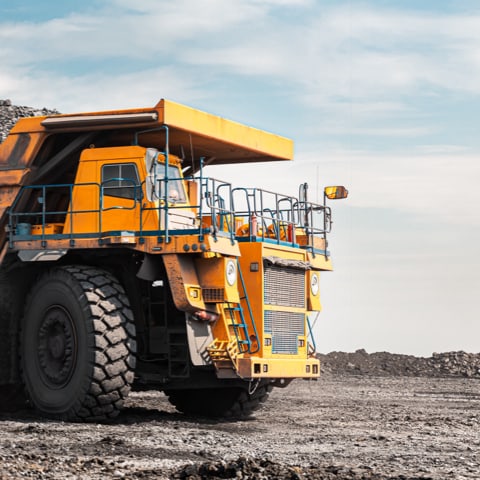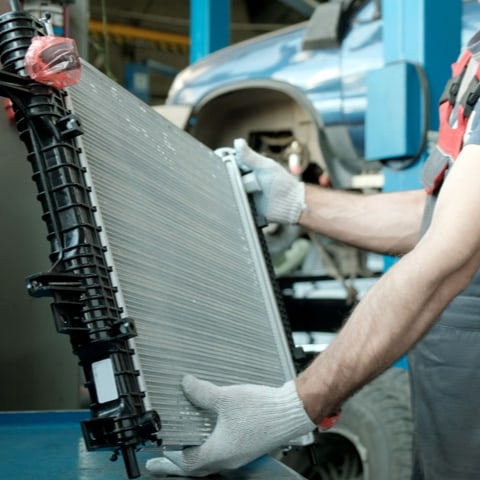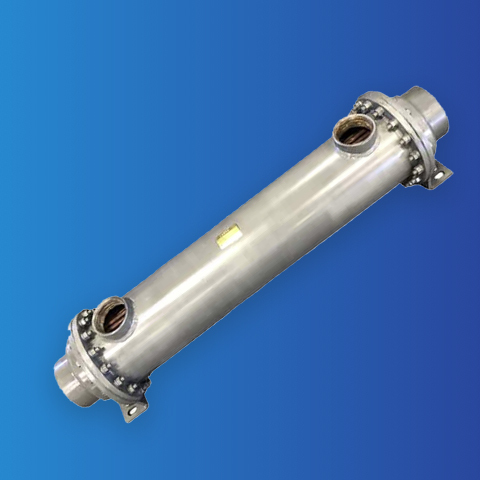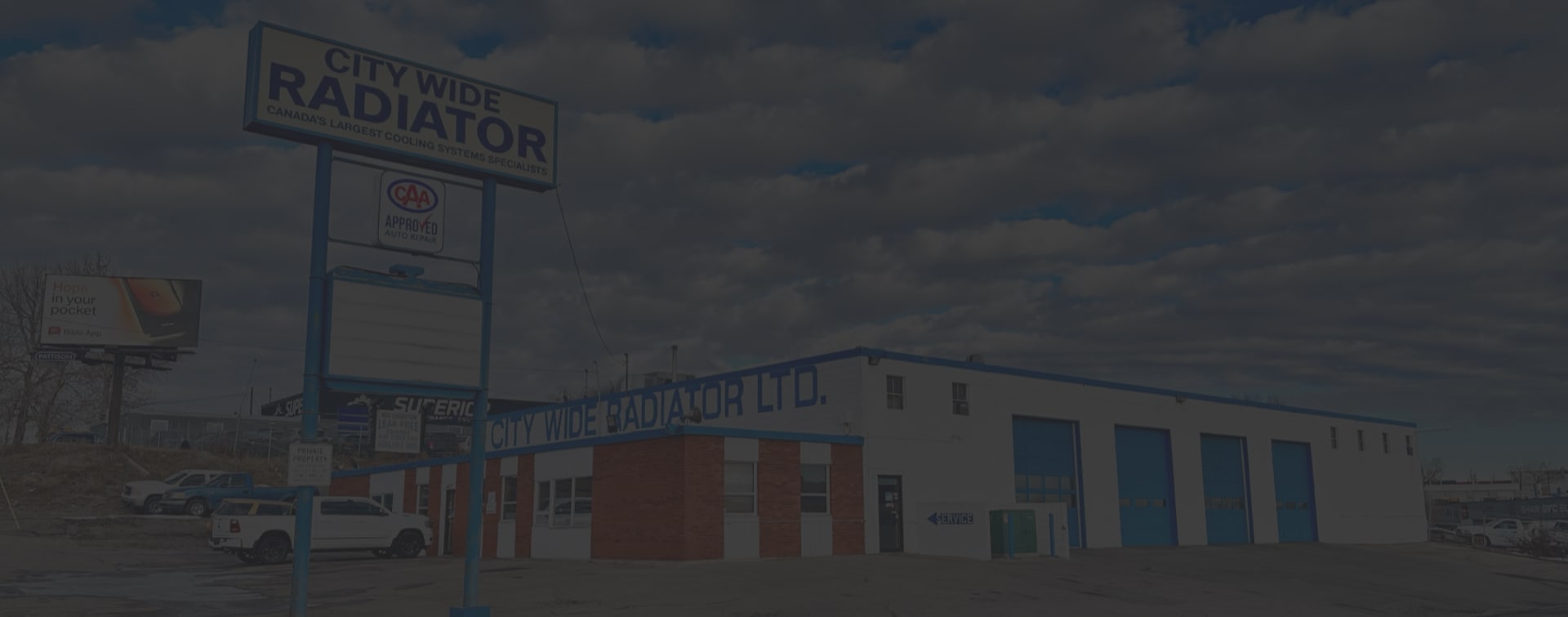Radiator and oil cooler are terms often used interchangeably, but they serve different functions in a vehicle. A radiator is part of the car’s cooling system and helps regulate the engine’s temperature by circulating coolant to absorb and dissipate heat. It prevents the engine from overheating by cooling down the hot fluid with air passing through its fins.
An oil cooler, however, regulates the temperature of engine oil. It cools hot oil used for lubricating engine components by circulating air or coolant fluid around it to remove excess heat. This ensures the oil returns to the oil pan at a safe temperature. Both components are critical for maintaining optimal vehicle performance but require distinct maintenance.
Functionality Overview
The radiator is crucial for regulating engine coolant temperature. As the coolant circulates through the engine, it absorbs heat and becomes hot. The radiator’s tubes and fins help transfer this heat to the air, preventing engine overheating and ensuring optimal performance and longevity.
The oil cooler, on the other hand, cools the engine oil, which absorbs heat as it lubricates engine components. Typically attached to the engine, the oil cooler circulates air or coolant fluid around the hot oil, removing excess heat. This cooling maintains the oil’s lubrication properties and prevents overheating, aiding efficient engine function and longevity.
Cooling Mediums
The radiator and oil cooler use different mediums to manage temperature. The radiator primarily uses air, while the oil cooler can use air or coolant fluid. Most vehicles have a front-mounted radiator that uses airflow from driving to cool engine coolant, with some having an auxiliary fan for extra cooling during extreme conditions.
Oil coolers circulate either ambient air or coolant fluid. Air-cooled oil coolers are usually placed where they can get enough airflow, like near the grill or under the car. Coolant-based oil coolers, common in heavy-duty and performance vehicles, use a separate system with a heat exchanger to remove excess heat from the oil before it returns to the engine.
Location in the Vehicle
The radiator and oil cooler are strategically placed in the engine bay to optimize the vehicle’s cooling system. The radiator is usually at the front, behind the grille, to get ample airflow for dissipating heat from the engine coolant.
The oil cooler’s location varies depending on the type. Air-cooled oil coolers are often near the grille or underbody for adequate airflow, cooling the oil by transferring heat to the air. Coolant-based oil coolers, found in heavy-duty and high-performance vehicles, use a separate system with a heat exchanger near the radiator. This setup allows the coolant to absorb excess heat from the oil, improving cooling efficiency.
Heat Transfer Methods
The radiator and oil cooler both dissipate heat, using different mechanisms. Radiators use convection to transfer heat from coolant to air. The hot coolant flows through tubes and fins in the radiator, cooled by air blown across it, and returns to the engine cooler.
Oil coolers rely on conduction. In air-cooled systems, heat transfers directly from hot oil to the cooler’s metal, then disperses into the air via convection. In coolant-based systems, heat transfers from oil to coolant, which the radiator then cools.
Importance in Engine Performance
The radiator and oil cooler are vital for maintaining engine performance by preventing overheating, but they serve different roles. The radiator cools engine coolant, helping regulate temperature and preventing damage. The oil cooler, on the one hand, dissipates heat from engine oil, ensuring proper lubrication and preventing degradation. Together, they maintain the engine’s temperature and ensure efficient operation, safeguarding its longevity and performance.
Common Symptoms of Failure
Like any vehicle part, radiators and oil coolers wear out over time. Common symptoms of failure include:
- Increased engine temperature: If your engine runs hotter or overheats, the radiator might be malfunctioning. Similarly, if coolant levels constantly drop or you see puddles under your car, there could be a radiator leak.
- Decreased engine performance: If the oil cooler isn’t cooling the engine oil properly, it can cause increased friction and wear, leading to reduced power and efficiency, and potential engine damage. If you notice dropping oil levels or oil leaks from the cooler, it might be failing.
Maintenance Requirements
For optimal performance and longevity of radiators and oil coolers, regular maintenance is crucial. For radiators, conduct visual inspections for damage like leaks or corrosion, clean debris from fins with compressed air or a soft brush, and check coolant levels and condition, flushing and replacing as needed. A periodic pressure test can also identify leaks or weak spots.
Similarly, oil cooler maintenance involves visual inspections for leaks or damage, cleaning the cooling fins to prevent clogs, and monitoring engine oil levels and condition. Replace oil and filters according to guidelines if contamination is detected. Performing a pressure test can also help identify issues in the oil cooler.
Can I Use an Oil Cooler as a Radiator?
Radiators and oil coolers are key parts of a vehicle’s cooling system, but they’re not interchangeable. Radiators cool engine coolant, while oil coolers manage engine oil temperature. Substituting an oil cooler for a radiator can result in insufficient cooling for engine coolant, risking overheating and engine damage.
Radiators have a large surface area, cooling fins, and a network of tubes to optimize heat exchange and coolant flow—features oil coolers lack. For optimal engine performance, both must work well. Regular maintenance and inspections of the radiator and oil cooler are crucial for smooth engine operation and longevity.
Keep Your Vehicle’s Radiator & Oil Cooler in Top Condition with City Wide Radiator
The radiator and oil cooler are both crucial for engine performance. The radiator cools the engine coolant to prevent overheating, while the oil cooler keeps the engine oil at the right temperature to ensure lubrication and reduce friction. Both must work properly to keep the engine within the optimal temperature range, preventing damage and extending its life.
At City Wide Radiator, we know the importance of these components and provide expert services to maintain, repair, or replace them. Our skilled technicians have the knowledge and tools to keep your vehicle’s cooling system in top condition. Don’t skip regular maintenance and inspections of your radiator and oil cooler—contact us today for all your cooling system needs.

